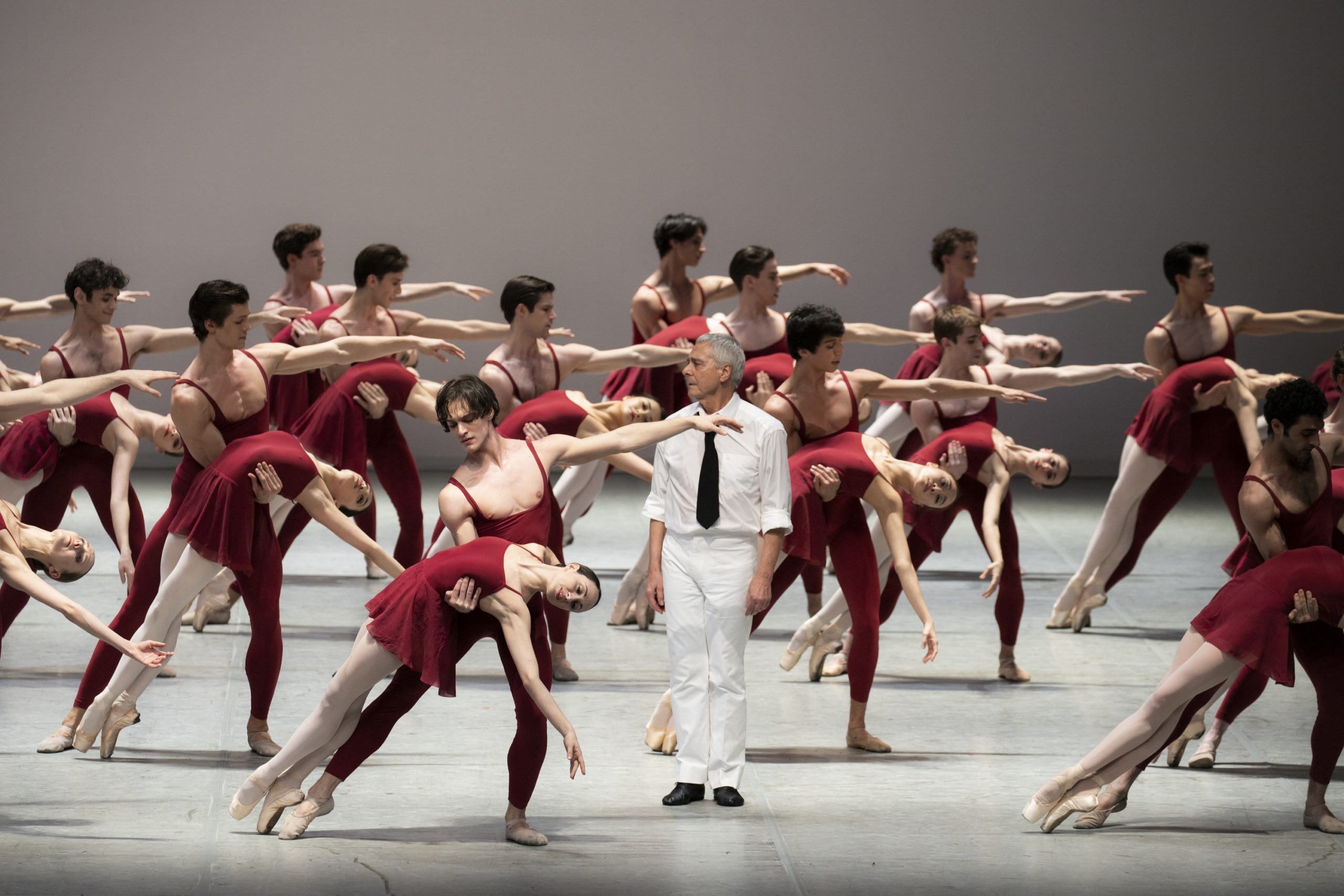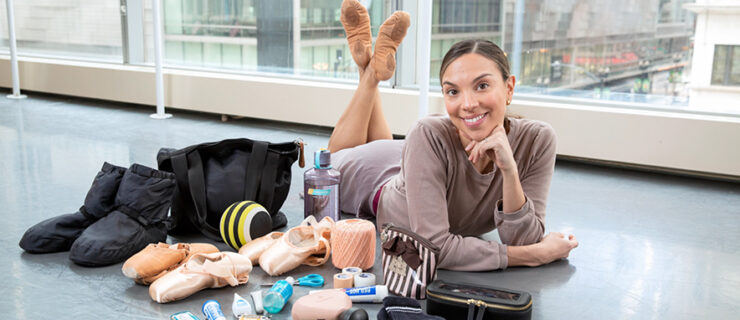John Neumeier Celebrates His 50th Anniversary at Hamburg Ballet
John Neumeier is celebrating his 50th anniversary as artistic director of the Hamburg Ballet. It’s a festive season—and one that was originally going to be his last. But last week the company announced that Neumeier will stay on another year to facilitate a smooth transition with his newly named successor, Demis Volpi, who will become artistic director in August 2024.
Still, it’s difficult to imagine the Hamburg Ballet without John Neumeier. Known as a masterful storyteller with a unique choreographic style, he has created over 160 works and developed a world-class dance company. “Four years ago when I signed my contract I decided that 50 is a remarkable number of years,” he says. “No ballet director has achieved that as a creating choreographer.” When his tenure ends in 2024, it will mark the end of an era.
Now 83, the U.S.-born Neumeier went to Germany in the 1960s and danced as a soloist with the Stuttgart Ballet, eventually choreographing on the company. At just 30 years old, he was invited by Ballet Frankfurt to become its artistic director. Several years later, he took up the post of artistic director and chief choreographer of the Hamburg Ballet.
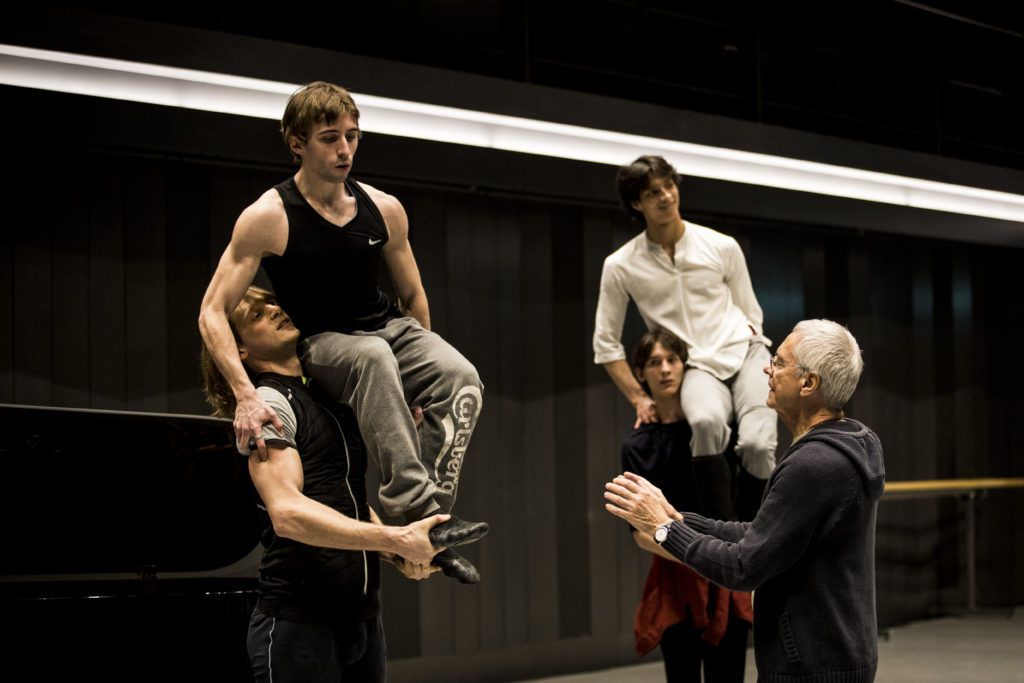
The situation was not ideal. “When I started in 1973, I had a 2×4 office that I shared with my ballet master,” he says. The company lacked staff support and adequate resources. In 1989, the company and the school moved into the enormous Ballet Center, which has nine studios and boarding facilities. It’s also home to the National Youth Ballet, a company of eight fully trained dancers, ages 18 to 23, from around the world.
In spite of his achievements, Neumeier is not letting up. “You can never take dance for granted—a ballet is never automatically good,” he says. “You can’t just put on a dance. It has to be given life.”
Even a successful piece should be “questioned as a dance,” he says. Take the Third Symphony by Gustav Mahler, which is considered one of Neumeier’s best works. “I made a major change after 47 years after looking at it a few days ago onstage,” he says. “It’s very important to be open to change.”
Dona Nobis Pacem
For his celebratory season, Neumeier is creating a new premiere, Dona Nobis Pacem (“Grant Us Peace”), to Johann Sebastian Bach’s Mass in B Minor. The music “had been in the back of my mind for a long, long time,” he says, well before the war in Ukraine.
“It’s an extremely difficult work because it’s quite mysterious how and why Bach put these pieces together.” He describes it as kind of a “culmination” of Bach’s work. “It is not a piece like the St. Matthew Passion, which has a very clear dramatic line. It is much more fragmented.” The ballet will premiere on December 4 in Hamburg.
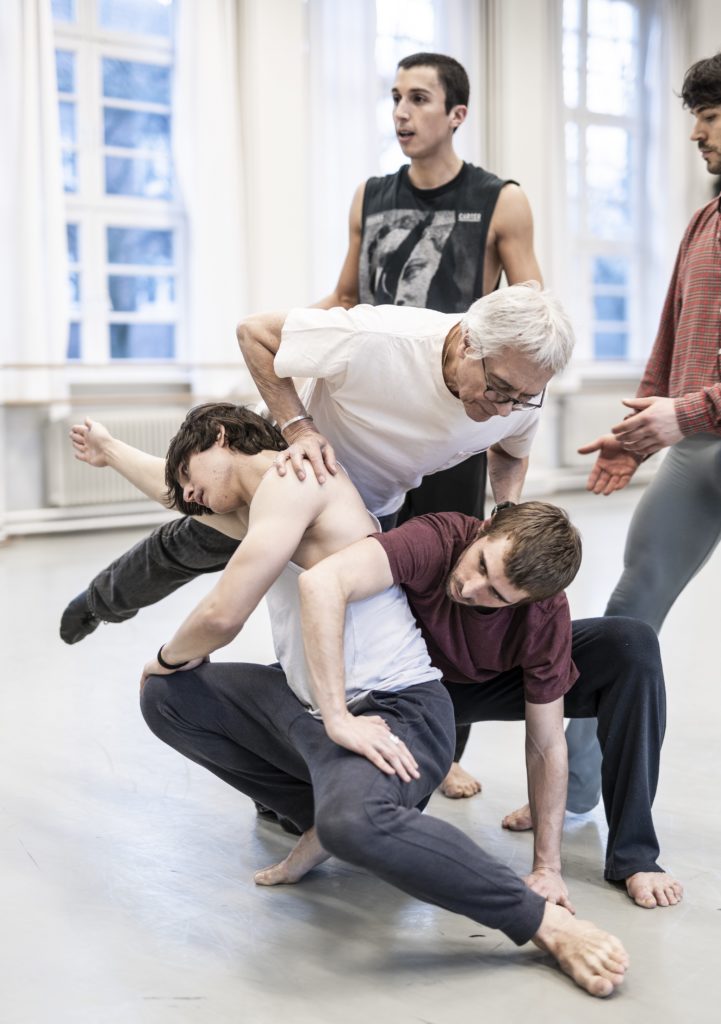
In February the choreographer returns to his roots when the Hamburg Ballet travels to Chicago, performing The Glass Menagerie at the Harris Theater. It’s not yet clear, but this may be the company’s final U.S. tour under Neumeier, who was born in Milwaukee and received his dance training and early professional experience in Chicago. The ballet, based on Tennessee Williams’ masterpiece, is one of Neumeier’s most important narrative works. But unlike a written text, dance must convey the characters’ inner states through movement.
“It is not the play danced scene by scene,” says Neumeier. “In order to make certain important aspects of the work more clear, I had to invent situations that were not in the original play.” He says audiences may find his take on the story “surprising.”
Capturing Nijinsky’s Elusive Spirit
Many of Neumeier’s works are inspired by music or literature. But perhaps the most enduring inspiration is his lifelong fascination with the legendary dancer Vaslav Nijinsky. The choreographer now owns the largest number of sketches and drawings by Nijinsky in the world. These are the heart of his vast art collection, which includes thousands of sculptures, figurines, costumes, oil paintings, pastels, photographs, letters and news clippings. There is also a two-room library filled with books on dance and music.
The exhibit is currently open to dance historians and researchers, but the John Neumeier Foundation, established in 2006, plans to turn the collection into a public museum. Renovations are already underway on a villa in Hamburg and are expected to take several years.
Future Directions
Neumeier will finish off his 50th-anniversary season with a spectacular celebration. The annual Hamburg Ballet Days has been extended to four weeks of performances showcasing 19 of his ballets, including many of his key works, such as Nijinsky, Romeo and Juliet and Lady of the Camellias. It concludes with the Nijinsky Gala, featuring the entire company along with international guest stars.
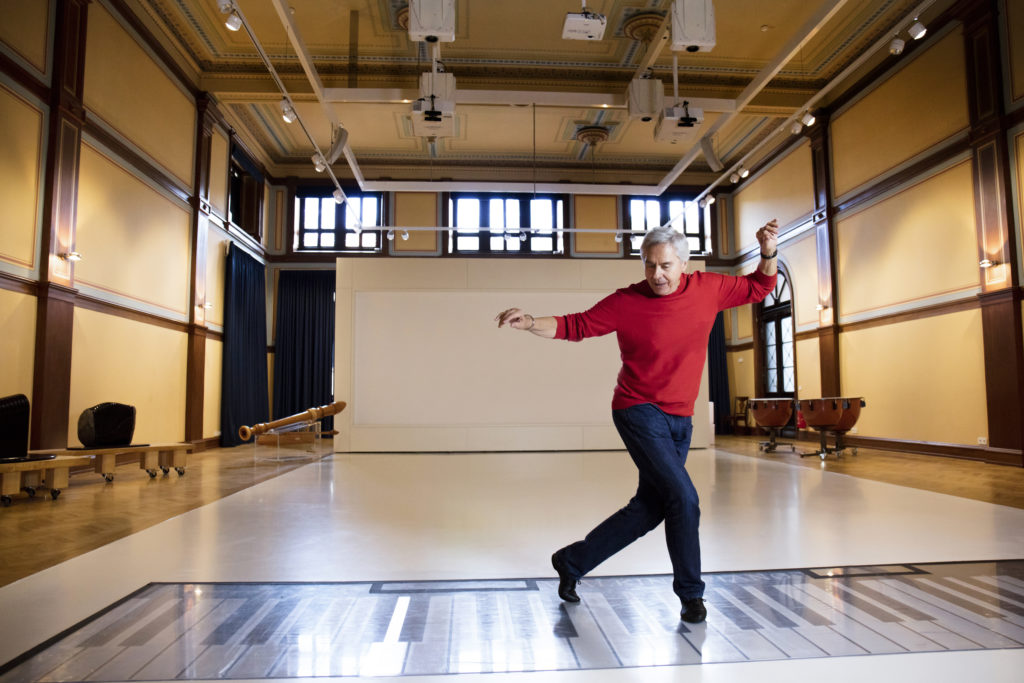
During the 2023-24 season Neumeier will work with Volpi to ensure a seamless transition. And though he is giving up his role as the company’s artistic leader, Neumeier will continue choreographing for the National Youth Ballet.
While it is likely that his work will eventually be taken in new directions, Neumeier doesn’t seem concerned. “You do have to let go,” he says. “Ballets are not books that can be placed on a shelf, and they are not paintings that are hanging on a wall,” he says. “They are works that must live. And there is no way you can ensure that they will survive.”
But he adds that, if asked, he will be happy to work with his replacement to help maintain and preserve his work. “How that will be carried on in following generations, I have no idea,” he says. “But I just hope for the best.”
